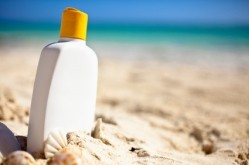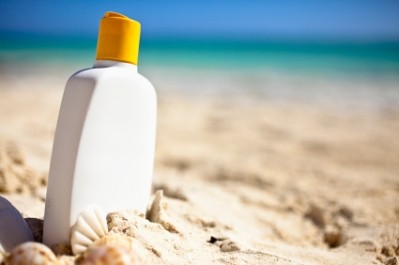New research points to sunblock damaging marine life

The latest scientist working for the American Chemical Society wanted to try and discover what impact sunblock worn by beach-goers in a typical tourist area has on the local environment.
The study was carried out in the Spanish island of Majorca, which is a crowded holiday destination in the summer, where a specific beach, Palmira, is packed with an estimated 10,000 beach goers each season.
The findings of the report concentrated on previous research that shows certain sunblock ingredients can become toxic to the ocean’s smallest inhabitants, and the findings have been published in the ACS Journal Environmental Science & Technology.
Sunscreen wash-off = problems
According to lead researchers Antonio Tovar-Sanchez and David Sánchez-Quiles, the problem occurs when beach-goers slather on the sunscreen, then go for a cooling dip in the sea.
Whenever this occurs, varying degrees of sunblock are washed off into the sea, with the most hazardous ingredients invariably being the commonly used UV screens titanium dioxide and zinc oxide, which are created in nanoparticle form.
The problem occurs when these nanoparticles react with ultraviolet light, which can lead to the formulation of new compounds, such as hydrogen peroxide, which is potentially toxic and life-threatening to smaller marine life, such as phytoplankton and algae.
Obviously this is the bottom and crucial part of the food supply chain in the marine environment, so when this is damaged or upset, it has serious repercussions for all marine life.
Findings show indicate significant damage
The scientific team took samples from across the beach at different times during the summer season, analyzing the sea water in the context of the tourism data for that season.
The researchers concluded from the sampling that it was titanium dioxide which, more than anything appeared to have a significant bearing on the spike in hydrogen peroxide levels in the coastal waters bordering the beach.
Perhaps most importantly, the scientists also stress that this spike in hydrogen peroxide levels can have potentially dangerous and far-reaching consequences for the aquatic life in the area.









